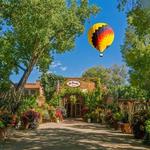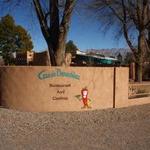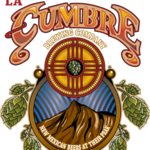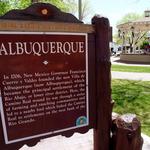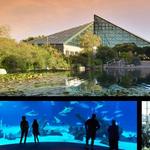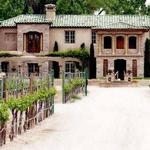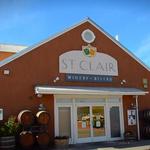


Things To Do
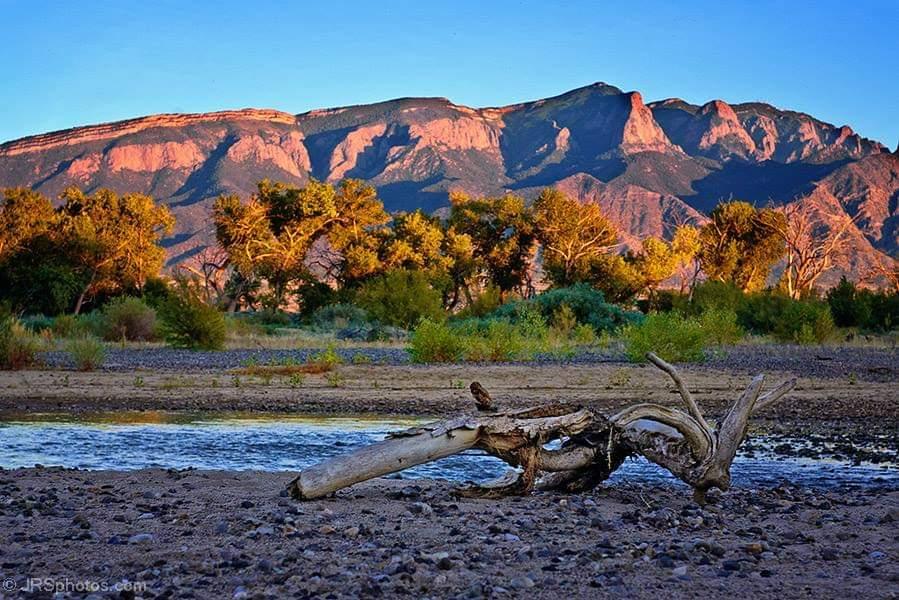
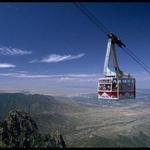
Sandia Peak Tramway
A trip on the Sandia Peak Aerial Tramway transports you above deep canyons and breathtaking terrain a distance of 2.7 miles. See some of nature’s more dramatic beauty unfold before you. At sunset the desert skies produce a spectacular array of color, and your vantage point from the observation deck atop 10,378 foot Sandia Peak in the Cibola National Forest affords an 11,000 square-mile panoramic view of the Rio Grande Valley and the Land of Enchantment.
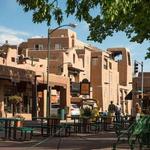
Santa Fe Plaza
Less than an hour drive from Albuquerque, a walk through the vast plaza is the best experience for art, culture, cuisine, history and entertainment. If you want Native American Indian wares this is a must. You can also ride our Railrunner train that will take you right to it. They offer shuttles to drive you throughout the area.
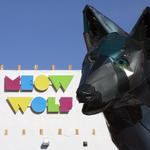
Meow Wolf
Meow Wolf creates immersive and interactive experiences that transport audiences of all ages into fantastic realms of story and exploration. This includes art installations, video and music production, and extended reality content. If you are looking for a completely interactive psychedilic artistic unique experience; this is it. I highly recommend you visit. Hint: There is a mystery about this place, take the time to read the story and see if you can solve it. No one, I know, has been able to. This is the coolest experience, bring the kids. (not for less mobile individuals)
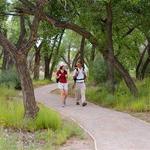
Hiking
Leisurely trails along the Rio Grande river among the giant Cottonwood trees or hiking in the Sandia Mountains are camera worthy. Sarah (formerly a US Forest Ranger), can offer you suggestions to meet your needs. For information on visiting the Sandia Mountains, (Sandia means watermelon, just watch them during sunset, you'll see what I mean) visit their local Ranger station in Tijeras; Sandia Ranger District.
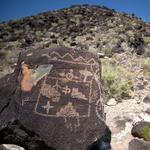
Petroglyph National Monument
Petroglyph National Monument protects one of the largest petroglyph sites in North America, featuring designs and symbols carved onto volcanic rocks by Native Americans and Spanish settlers 400 to 700 years ago.
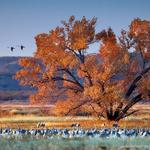
Bosque Del Apache National Wildlife Refuge Visitor Center
Bird watchers! Situated between the Chupadera Mountains to the west and the San Pascual Mountains to the east, Bosque del Apache National Wildlife Refuge was established in 1939 to provide a critical stopover for migrating waterfowl. The refuge is well known for the tens of thousands of cranes, geese, and ducks who winter here each year.
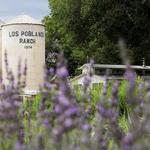
Los Poblanos Historic Inn and Organic Farm
Set among 25 acres of lavender fields, enormous cottonwood trees and lush formal gardens, Los Poblanos is one of the most magnificent historic properties in the Southwest. Designed in 1932 by New Mexico's foremost architect, John Gaw Meem, the "Father of Santa Fe Style", Los Poblanos is located on an organic farm in the heart of the Rio Grande River Valley. A model of preservation and sustainability, the farm's vision helps shape the daily menu and handcrafted line of artisan products.
